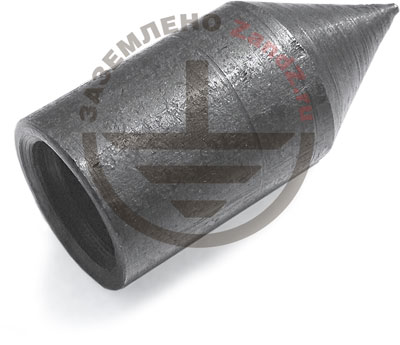The major part of the territory of Russia is located in permafrost regions. Installation of grounding at low temperatures and frozen ground is problematic, and often design of objects in these areas causes difficulties for designers. As you know, frozen ground has extremely high resistivity, then how to achieve the desired resistance value? Let's study that on the example of a question received by our technicians.
Question: It is necessary to make a grounding contour with the resistance of up to 4 Ohm for a facility, located in the permafrost zone (Novaya Zemlya island). There is a strict technial inquiry; therefore, a different value is not acceptable. Soil resistivity of 20 000 Ohm * m. Available space - a zone with the radius of 25 km. What can you advise to solve this problem?
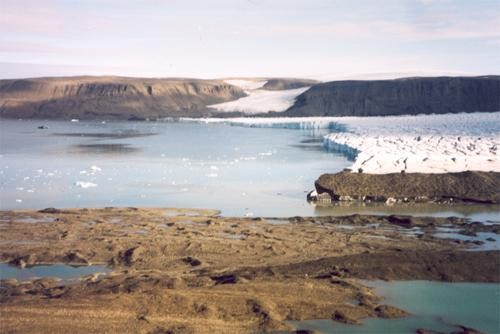
The island of Novaya Zemlya
Answer: In this case, the situation is really complicated. To solve this problem two variants are possible:
- Soil replacement to clay loam, black soil or clay that have lower resistance. This option requires a huge volume of works, time and cost expenditures.
- Great number of grounding electrodes.
We recommend the use of electrolytic grounding ZANDZ ZZ-100-102. In this case, to achieve the desired result 250 kits, united by a copper-bonded tape with the cross-section of 120 mm2 in the form of grounding mesh with the step of 6x9 meters must be used. The distance to the object is not less than 6 m, penetration- 0,6 m.
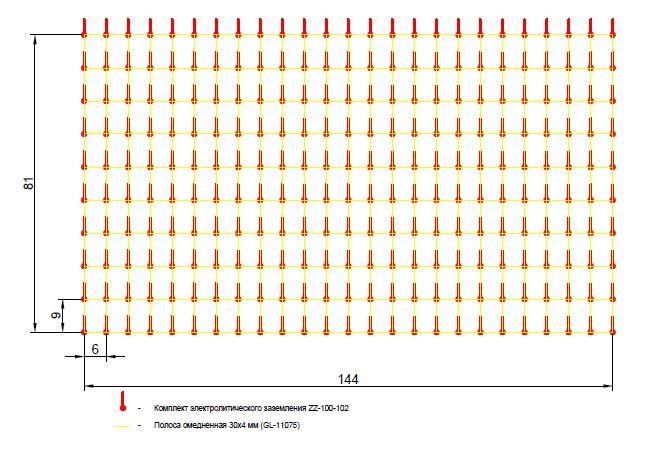
Grounding device elements layout.
Комплект электролитического заземления – electrolytic grounding kit
Полоса омедненная – copper bonded tape
Firstly, ground resistance formed on the basis of ZANDZ kits of electrolytic grounding, is up to 12 times less than that of a commensurate steel electrode. As a result, the grounding device is much more compact.
Secondly, the offered option has a high economic feasibility. Electrolytic grounding is small in size, in contrast to black metal, and as a result, the volume of excavation is much smaller.
Thirdly, permafrost soil "pushes" iron out over time. This effect has been solved by the addition of a special mixture of salts into the electrode and ground replacer made of a mixture of graphite chips for near-electrode space. This connection enhances electrical conductivity of soil and reduces its freezing.
Each time, in response to your questions, we try to give maximally detailed answers and advices. Did you face difficulties during the calculation? Contact ZANDZ Technical center for advice.
Related Articles:
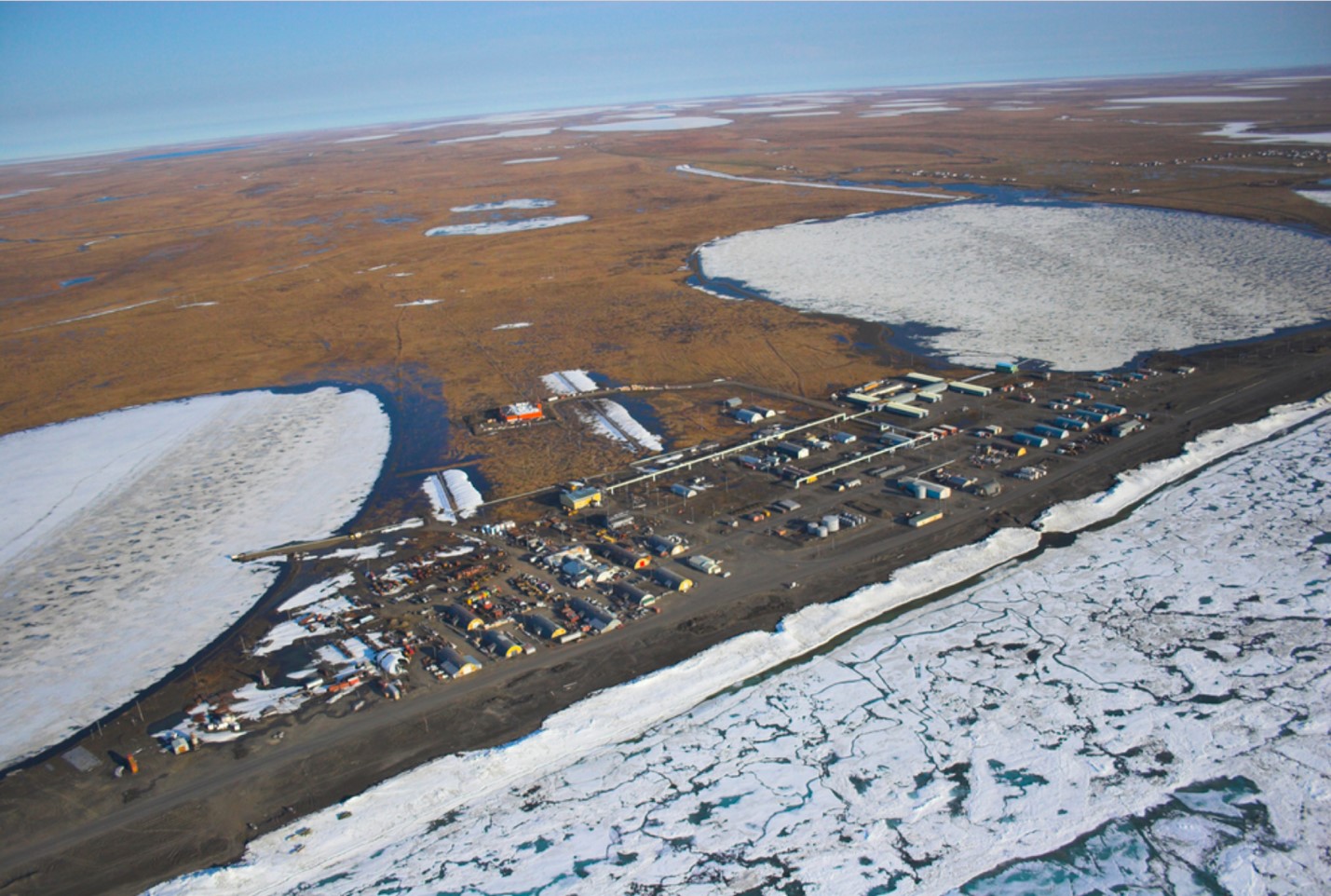
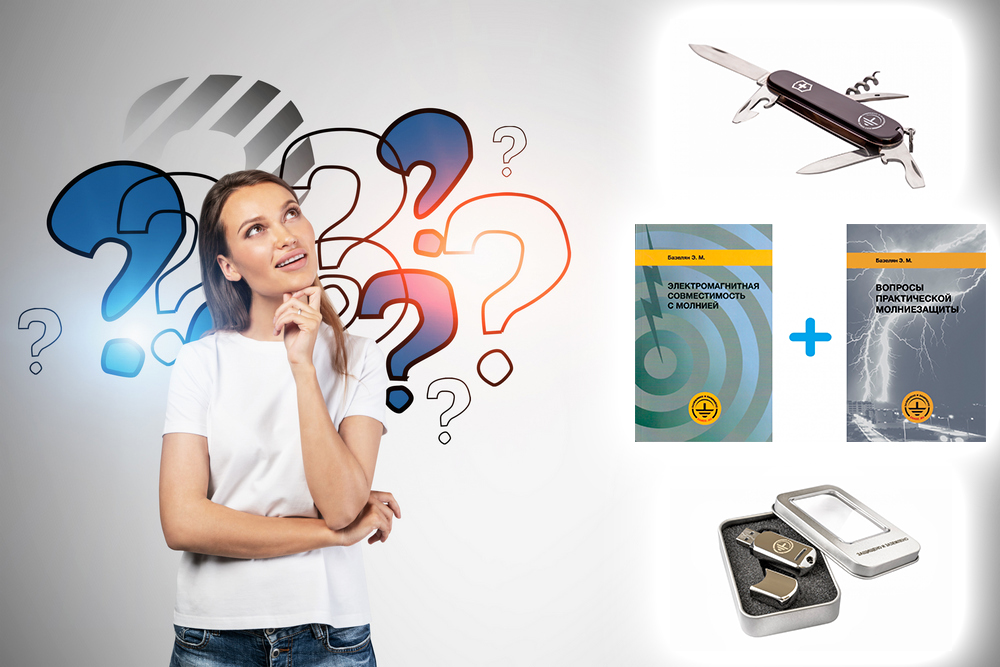




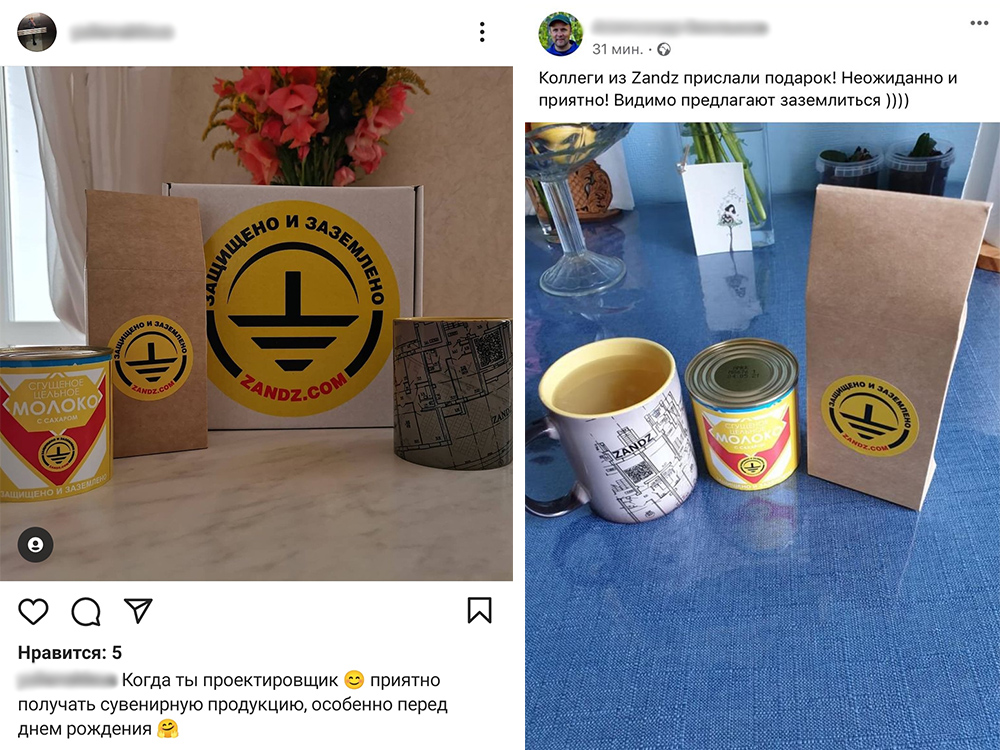
.jpg)
